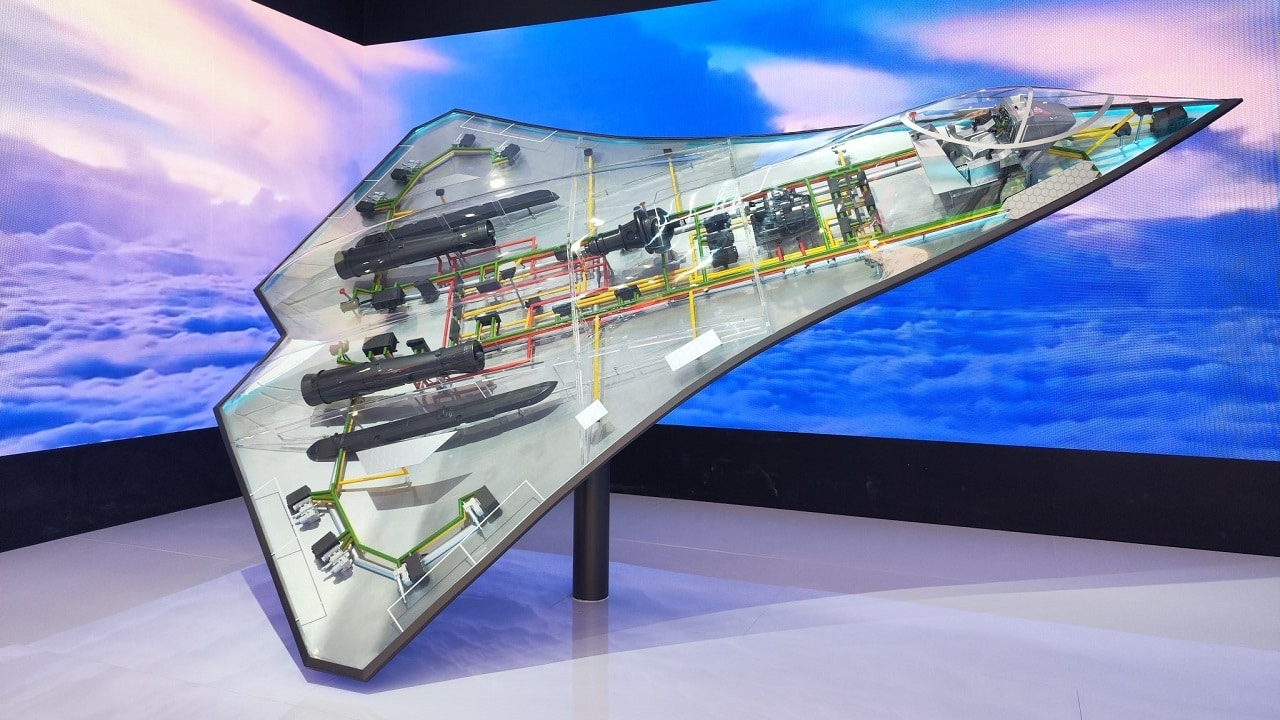In an effort to compete with the U.S. Next Generation Air Dominance fighter, or NGAD, China has a sixth-generation warplane in the works.
The public saw a mockup of the design at the Zhuhai Airshow in Guangdong province last month. China’s next-generation craft has a tail-less design and would be Beijing’s fastest and most advanced fighter.
Using all of the latest stealth technology China can muster, the design and its engines seek to produce more thrust and less drag to make it as maneuverable as possible.
China Is On Pace
China seems to be on track with the fighter, according to the head of Air Combat Command Gen. Mark Kelly, who believes diligent, rapid work on the NGAD is essential to counter China’s advancing sixth-generation capabilities.
While little is known about China’s next-generation fighter, it is expected to have artificial intelligence, machine learning, augmented reality, and lasers.
It should also have the ability to lead combat-drone loyal wingman wolf packs, and it might even feature an unmanned option.
Like the NGAD, Kelly thinks the aircraft will be a system of systems fighter that can evade radar in an exponentially powerful manner.
It will have sophisticated sensors and radar. Open-mission architecture will give it rapid software updates, and its engines will have the capacity for thrust vectoring.
China already has a fifth-generation stealth fighter: The J-20 Mighty Dragon has deployed in all combat regions of the country, with more of the fighters joining the air force each month. China is expected to use technologies developed in the J-20 to maximize capabilities in the sixth-generation fighter.
For instance, China is taking steps to improve the J-20’s engines by replacing Russian-made AL-31F powerplants with the homemade WS-15 turbofan engines. The WS-15 could form the basis of propulsion for its sixth-generation fighter.
U.S. NGAD Has Competition
China may be ready for first flight with a sixth-generation fighter by 2026-2028, and may introduce the aircraft to its air force by 2035. The United States, then, will have to work fast on the NGAD to stay ahead of the Chinese.
China is less hampered in its pursuit, since it does not have to work through a political debate among legislators, generals, and Pentagon civilian honchos on whether a next-generation fighter is needed. Rather, it is forging ahead with the technologies needed to make the new fighter a reality, with no budget cuts and no political checks and balances to hinder it.
Kelly reiterated that the United States must remain ahead of the Chinese by at least a month, which means the two countries may be running neck-and-neck toward next-generation capabilities.
China is beginning to excel at research, development, and testing for aircraft procurement, and it is spending more money on advanced acquisition programs throughout its air force.
China prioritizes airplanes that will help it control its neighborhood. In particular it wants to dominate Taiwan Strait in order to hold sway over Taiwan, and the East and South China Seas in order to maintain its hold on various islands, rocks, and reefs in those waters.
Kill Carriers and Launch Hypersonics
China’s sixth-generation fighter could also deploy carrier-killing air-to-surface missiles in order to carry out anti-access/area-denial tactics. Beijing would probably like its next-generation fighter to be carrier-borne, ready to fly off its fourth aircraft carrier, which is under development. The sixth-generation fighter would probably launch hypersonic missiles, as well.
China is happy to match the United States airplane by airplane in the coming decades. The U.S. Air Force and Navy cannot move fast enough when it comes to NGAD, as China is closing the gap. It used to be that the United States would leap years or even decades in front of adversaries with fighters such as the F-22 and F-35. Now it must cope with the reality that Beijing is able to keep pace.
Generals and admirals need to keep ringing the alarm about new Chinese airplanes.
NGAD Photo Essay (Artist Renderings)
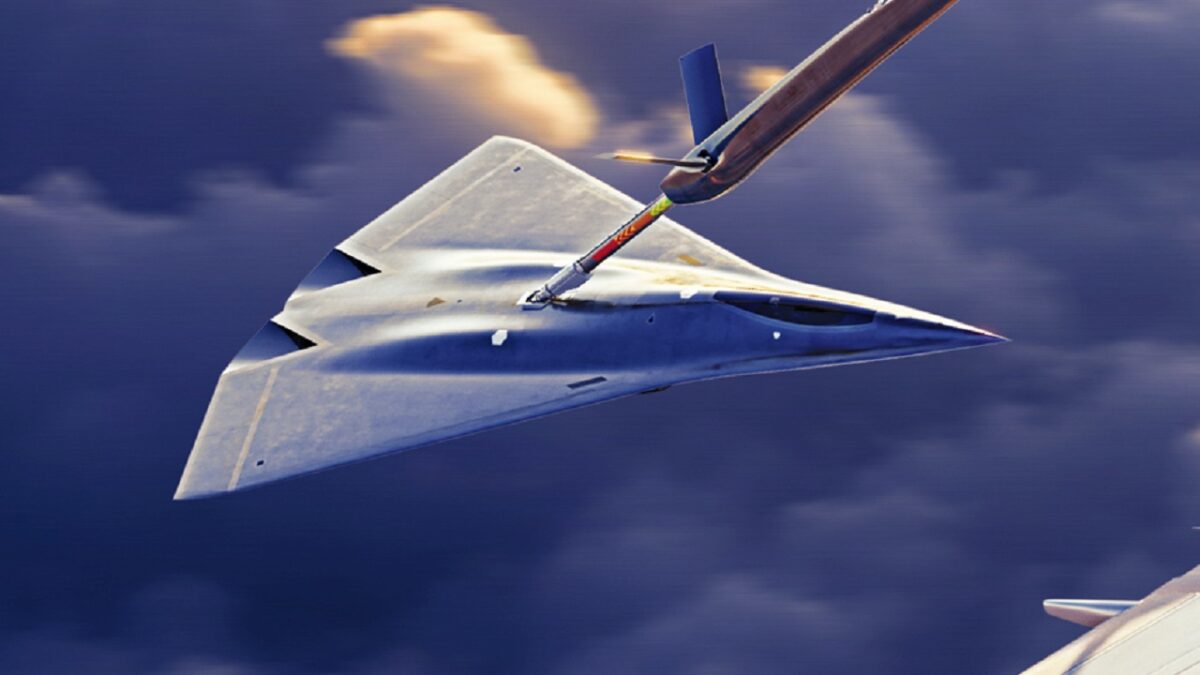
Image Credit: Lockheed Martin.
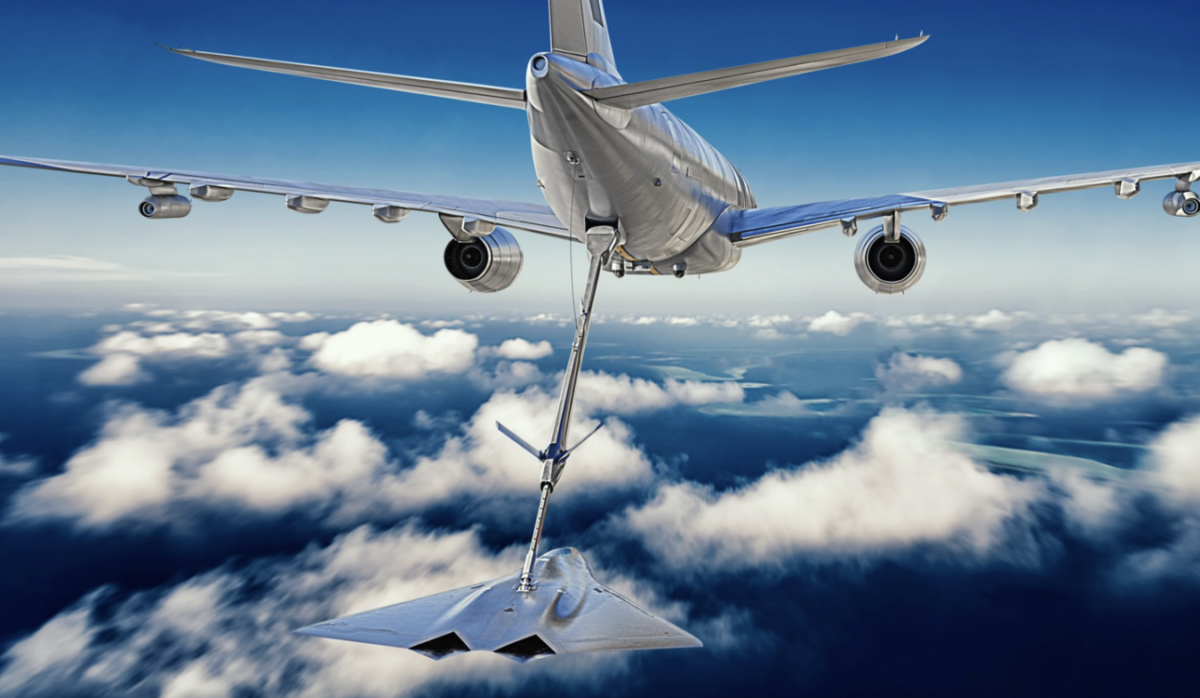
Image: Lockheed Martin.
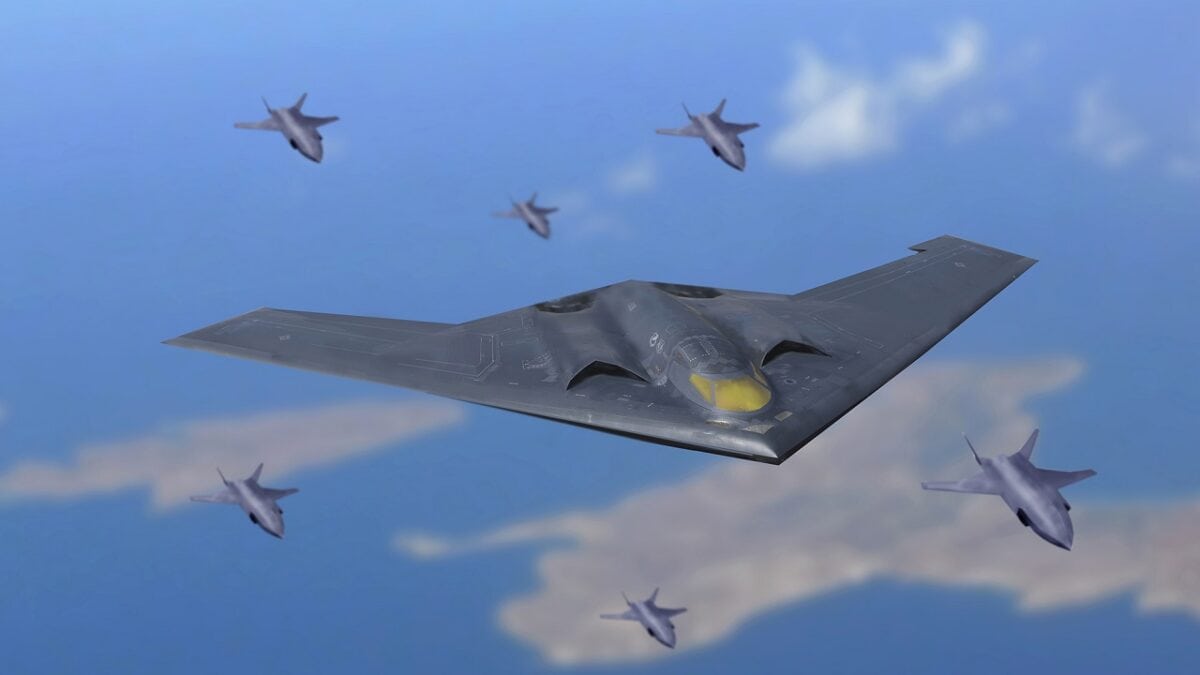
An artist illustration depicts a U.S. Air Force extended-range B-21 Raider escorted on a mission by armed unmanned next generation air dominance platforms. This fictional bomber features longer, wider wings, and a deeper fuselage that accommodates larger fuel tanks and dual weapons bays that enables the bomber to carry a much larger and varied payload. Mike Tsukamoto/staff; Greg Davis/USAF
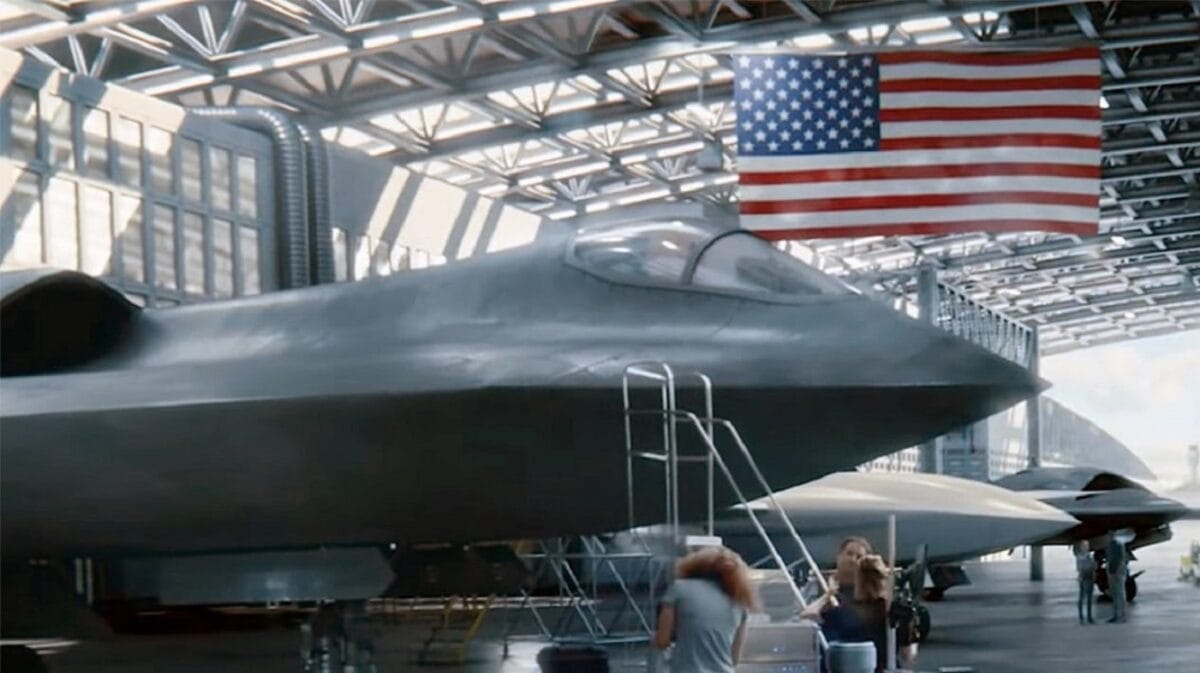
NGAD artist concept from Northrop Grumman.
Expert Biography: Serving as 19FortyFive’s Defense and National Security Editor, Dr. Brent M. Eastwood is the author of Humans, Machines, and Data: Future Trends in Warfare. He is an Emerging Threats expert and former U.S. Army Infantry officer. You can follow him on Twitter @BMEastwood. He holds a Ph.D. in Political Science and Foreign Policy/ International Relations.

